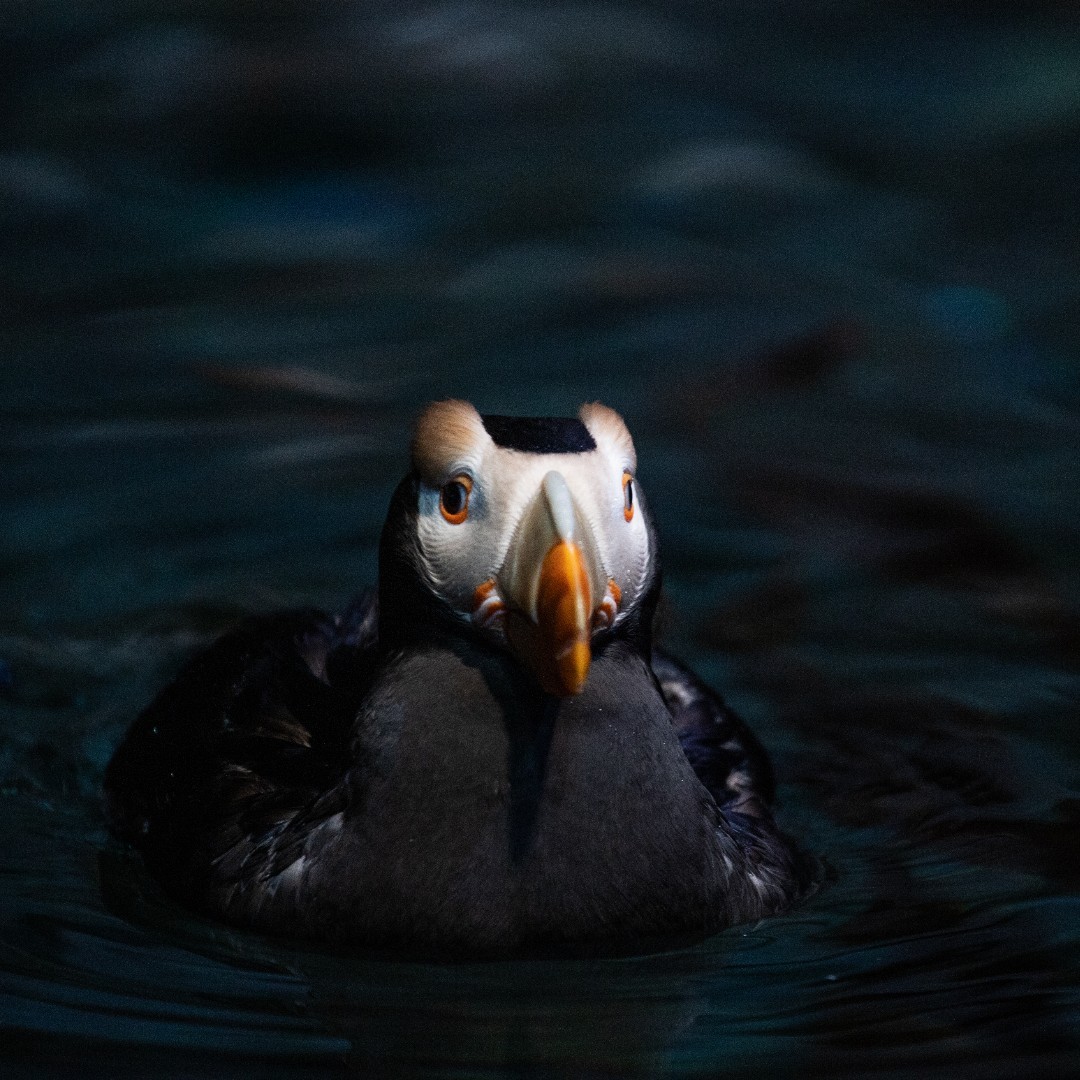Summary:
– The unique and fascinating characteristics of puffins
– Puffins as models: their stunning appearance and behavior
– The importance of puffin conservation and the role of zoos
– Fun facts about puffins
– The delightful experience of observing puffins in their natural habitat
Sometimes, we think our puffins could be models. By sometimes, we mean all the time🤩.
Puffins, those charming creatures that grace the icy waters of the North Atlantic and Arctic Oceans, are undeniably one of nature’s most breathtaking sights. Their distinctive appearance, playful behavior, and vital role in the ecosystem make them fascinating subjects for study and observation. In this article, we will delve into the enchanting world of puffins, explore why they could be models, and uncover the fundamental importance of puffin conservation.
First and foremost, let’s talk about puffins’ unique and captivating characteristics. Puffins stand out in any crowd with their striking black and white plumage, bright orange beaks, and expressive eyes. These petite seabirds, also known as “clowns of the sea,” have a distinctive waddling walk on land and are superb swimmers underwater. Their wings, adapted for flying and diving, allow them to navigate the turbulent ocean currents with grace and agility. These endearing creatures spend most of their lives at sea, only returning to land during the breeding season.
When it comes to puffins as models, there is no doubt that they possess an inherent photogenic quality. From fashion magazines to wildlife documentaries, photographers and filmmakers repeatedly seek out these striking birds to capture their elegance and playfulness. Their naturally contrasting colors and iconic beaks make for visually stunning compositions. Whether it’s the precision with which they plunge into the water, their synchronized flights in search of fish, or their signature poses on land, puffins effortlessly mesmerize with their beauty and charm.
Beyond their visual appeal, puffins play a crucial role in the delicate balance of marine ecosystems. As avid fish-eaters, they contribute to controlling fish populations, ensuring a healthy equilibrium within the food chain. Moreover, their nesting habits on rocky cliffs shelter other seabirds and create niches for important ecological interactions. By studying and understanding puffins, scientists gain valuable insights into the intricate dynamics of these fragile ecosystems and work towards their conservation and preservation.
However, the well-being and survival of puffins are under constant threat. Climate change, pollution, habitat destruction, and overfishing pose significant challenges for these magnificent birds. That’s where the role of zoos becomes pivotal. Zoos worldwide actively participate in breeding programs, research projects, and educational initiatives aimed at puffin conservation. By maintaining captive populations and conducting scientific studies, zoos not only raise awareness about the importance of preserving these species but also contribute to the long-term survival of puffins in their natural habitats.
Now, let’s dive into some intriguing facts about puffins:
1. Puffins are exceptional divers, capable of reaching depths of up to 200 feet while hunting for fish.
2. Despite their impressive diving skills, puffins have surprisingly short wings more suitable for flying underwater than in the air.
3. Puffins prefer specific types of fish, such as sand eels, herring, and capelin, which they can catch in large quantities and carry crosswise in their beaks.
4. Puffins are monogamous birds and usually form long-term partnerships with their mates. They return to the same nesting sites yearly, ensuring continuity and stability in their populations.
5. Puffins have a fascinating system of caves that can extend several feet into the ground. These caves are safe havens for incubating eggs and protecting young puffins from predators.
As we conclude this article, we must mention the unparalleled joy of observing puffins in their natural habitat. Whether you’re lucky enough to witness their bustling colonies on remote islands or embark on a boat trip to catch a glimpse of these magnificent birds at sea, the experience is nothing short of extraordinary. The energy and excitement that emanate from a puffin colony are palpable, leaving visitors with a profound respect for the beauty and fragility of nature.
In essence, puffins are more than just models; they represent the delicate balance of our planet’s ecosystems and the importance of wildlife conservation. By appreciating their unique charm and understanding their role in the natural world, we can ensure a future where puffins continue to captivate us with their presence. So, let us cherish and protect these remarkable creatures, for they are nature’s living artworks.
*****
Source Description
Sometimes, we think our puffins could be models. By sometimes, we mean all the time🤩


